
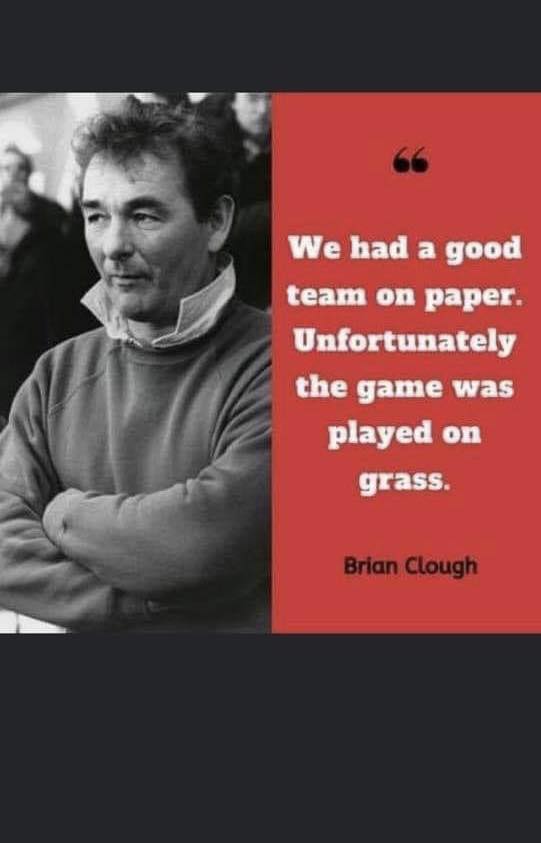
I can’t believe I’ve got caught up in the football and the jungle. There’s something fascinating about both, the football with all the hype surrounding the World Cup and the joy and the heartbreak of the teams taking part, the theatrics of injury and the reaction of the crowd. Now that Wales is perhaps out of the running I’m not fussed who wins but still I’ll watch the coverage – let’s face it, there’s little else to watch on television. Except I’m a Celebrity, I’m told it just the same old same old just different faces. I can’t watch the trials but I’ve been fascinated by the chat between the inmates. Boy George was living every minute of being controversial and goading Mike Tindall who has been quietly cynical.
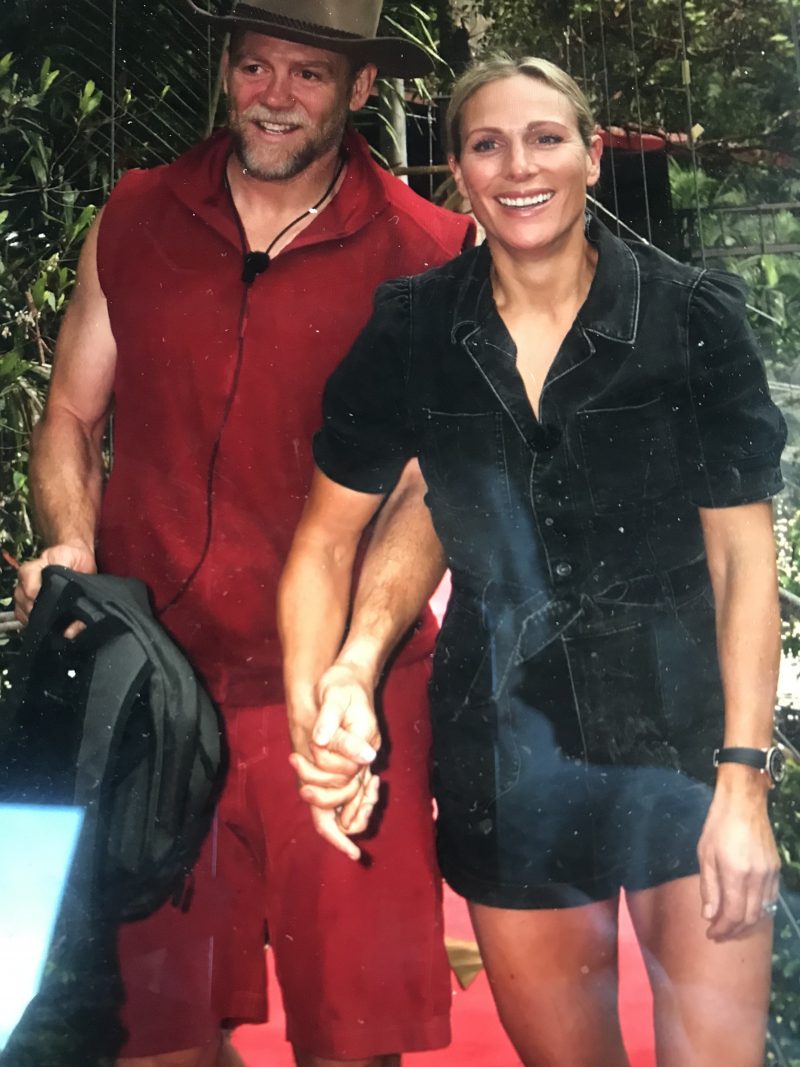
What a lovely welcome he got from his wife when he was evicted. I wonder will he be seeing his ‘camp wife’ Sue Cleaver, they made a lovely couple under strained circumstances – again rather gruesome watching. However, life is not all snakes and ladders, there’s always Louis Theroux and his one to one interviews – what a dish.

My favourite and sadly gone now was Babatunde, what a great attitude of positivity, he lite up the jungle with his smile and his humour as did Seann Walsh to a lesser extent. And what about the innocence of Owen Warner, I think he has had his eyes opened to life in general and to older people in particular.

`My winner (I hope) is Jill Scott an English footballer and one of the Lionesses and a woman of dignity and fun and brave with it. That leaves one – Matt Hancock. He plays a clever game and has fooled people. I don’t think he has forwarded the cause of dyslexia as he said he would, he couldn’t manage an anagram which is understandable but he had no trouble reading instructions and a family letter straight out of the envelope. I know dyslexia doesn’t necessarily mean an inability to read, it’s a positive message that he was very fluid. I don’t care for him one little bit so he’s not getting a photograph. Correction. This one fits. All will be revealed this evening.

A Lesson From History
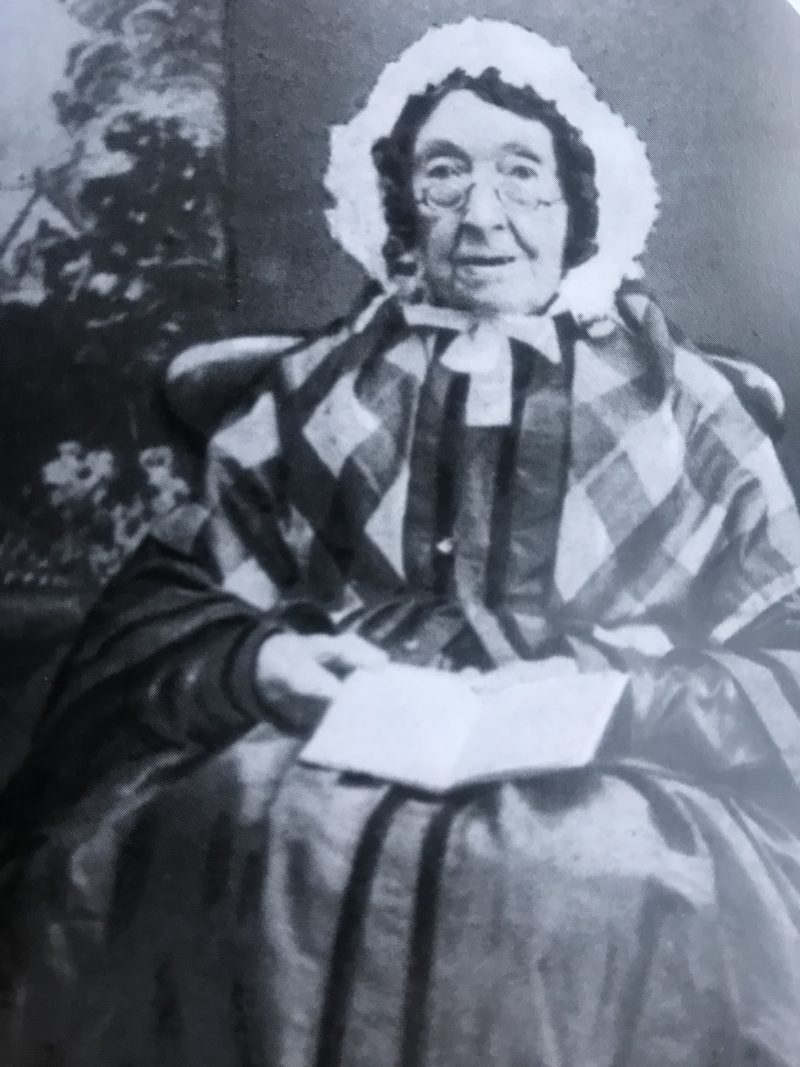
In my simplistic view of heaven, Mary Ann McCracken who died in 1866, must have welcomed Baroness May Blood MBE with open arms, a woman who began work at 14 in the Blackstaff Linen Mill in west Belfast and actively supported campaigns for legislation for men and women to receive equal pay and for an end to sex discrimination. She was 84 when she died last October. And I reckon Sadie Patterson would be there too. They were cut from the same cloth, Sadie who went to work at Ewart’s Mill on the Crumlin Road in 1918, also at the age of fourteen, was appointed the first full-time official of the textile branch of the Transport and General Workers’ Union in Belfast with special responsibility for women workers. Remarkable individuals who have each left their legacy on all our lives whether we know it or not.
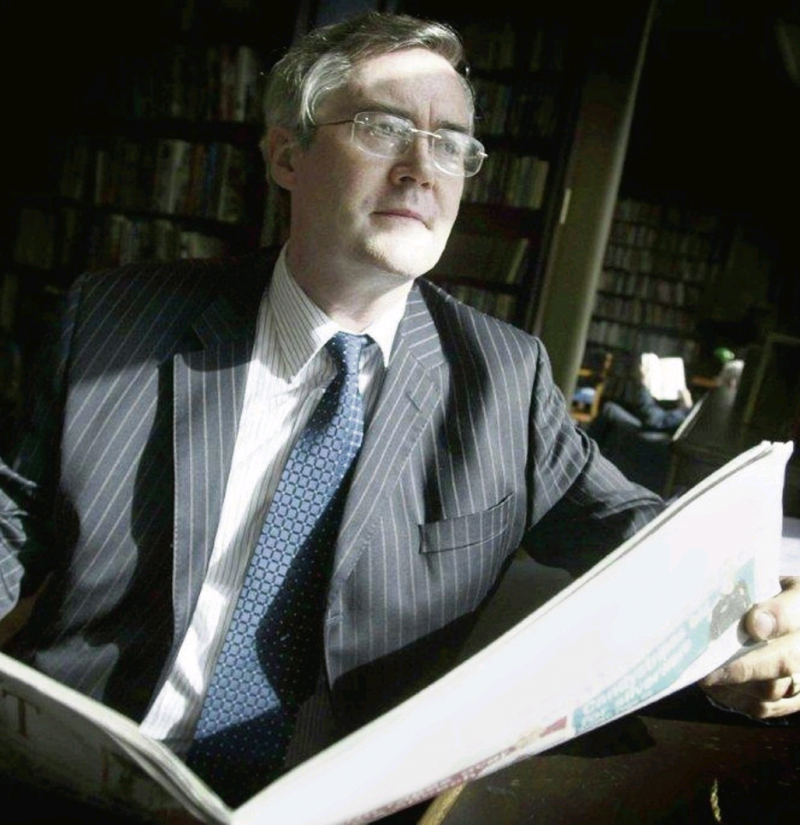
Remarkable also sums up historian Dr. Eamon Phoenix who died on Monday of last week. Much has been written about him and the wealth of knowledge he carried in an exceptional mind. It wasn’t only his knowledge, it was his enthusiastic way of delivering his history, slightly breathless so you were sitting on the edge of your seat as he guided you through the years, he even brought politics to life! I made programmes with him and socialised with him on occasions and they are memories to cherish.
Looking Back To The Future
It’s so important to document memories and no more so when it comes to the Belfast Charitable Society. In a book launched earlier this month president of the Society Dr. Ronnie Weatherup explained that from its outset in 1752 the Belfast Charitable Society was invested in looking after the welfare of the people of Belfast, just as it does today. “As the town continued to grow, the Society became increasing concerned about issues such as health, migration and within a global context, slavery and revolution. This new book The First Great Charity of this Town, published to mark our 270th anniversary, helps us understand the role the Belfast Charitable Society played in addressing these issues in Belfast and beyond.”
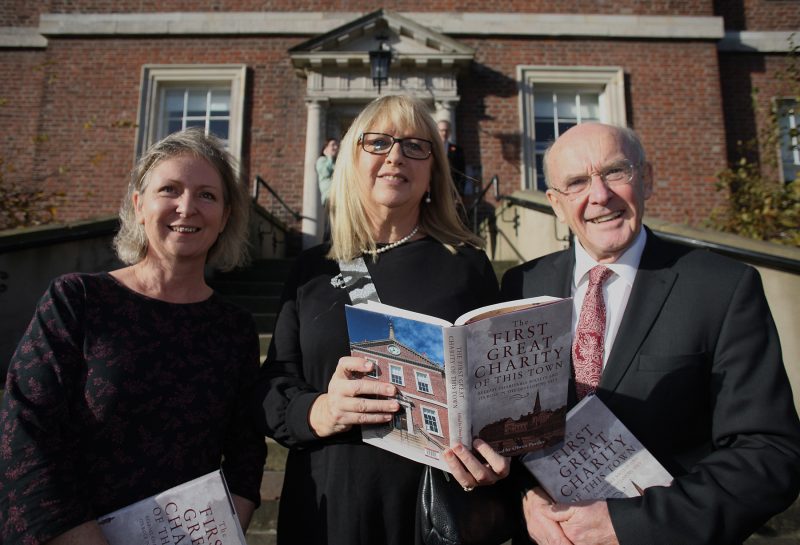
In her forward to the book former president of Ireland Professor Mary McAleese writes of the women associated with the work of the Society specifically Mary Ann McCracken who she said dedicated her life to addressing social issues and with her committee was to the fore of providing education of the town’s poorer classes.
I always think of Mary Ann as the backbone on the distinctive building sitting in North Queen Street overlooking the town but there were many more, mostly men, who developed an idea to open a poor house.
The Society was formed in 1752 by a group of nineteen merchants, burgesses (councillors) and a vicar. The group met at the George Inn, which once sat at the corner of North Street and John Street, now Royal Avenue, to discuss how they could tackle poverty and help the poor of Belfast. As a result, the Society was established and when funds were raised the Poor House, now Clifton House, was build and opened in 1774.
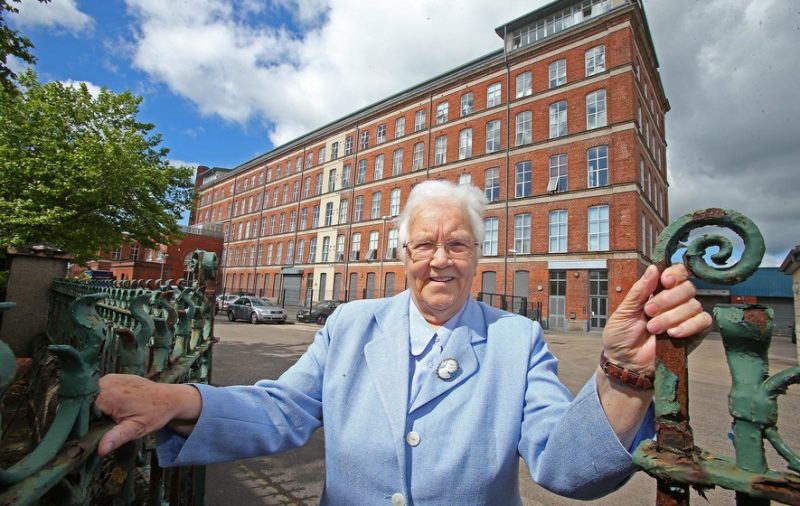
Growing A City
This collection of eleven essays explores the social history of Belfast from the foundation of Belfast Charitable Society through to the point at which Belfast emerged as a major industrial city at the end of the nineteenth century.
In her introduction Olwen Purdue, Professor of Modern Social History at Queen’s University Belfast gives an overall assessment of the Society and those who were involved in its history including the fact that, as W.H Crawford wrote at the time, ‘in the late eighteenth century Belfast had very few town gentry but substantial members of leisured folk of independent means’. These were merchants, proprietors and public figures mainly Presbyterians who increasingly challenged the dominance of the Irish Protestant Ascendancy that prevented both Protestant dissenters and Catholics from fully engaging in the country’s institutions of state.
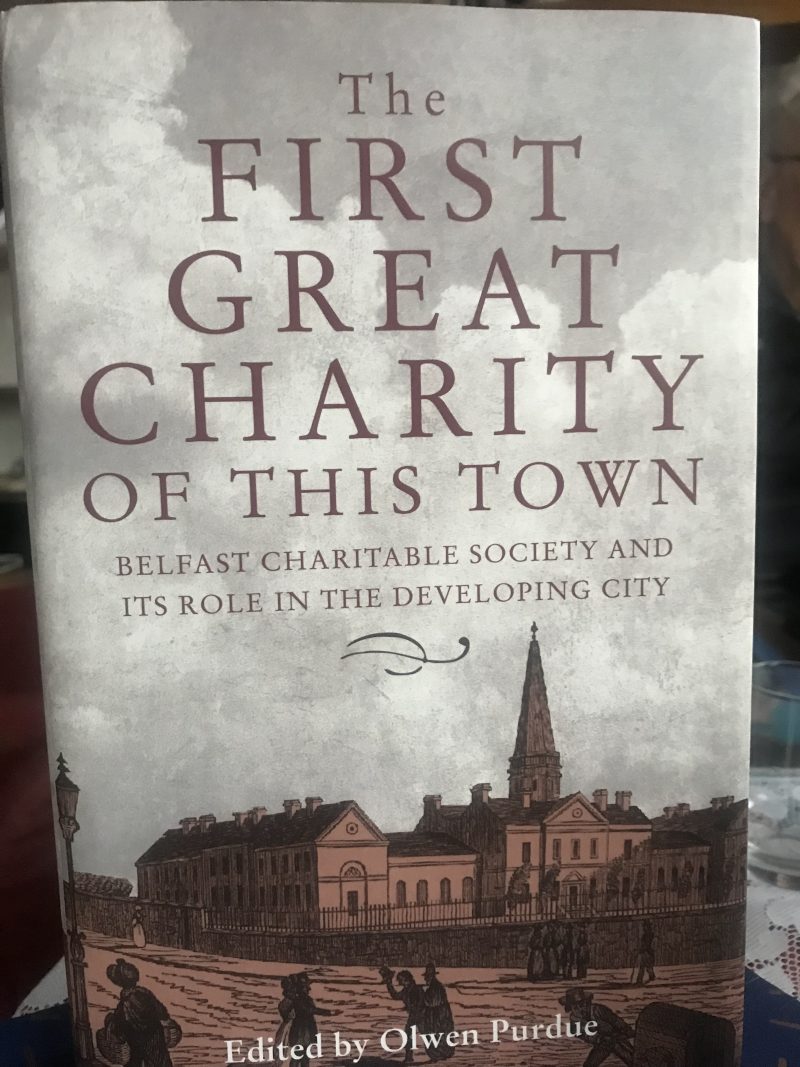
Editor of the book Olwen Purdue continues; ‘These radical ideas saw their earliest manifestation in the development of Volunteer activity. Originally raised by Ireland’s landed gentry as a local militia to protect the country from invasion, some Volunteer companies inspired by revolutionary events across the Atlantic quickly turned their attention to campaigning against the subservient position of the irish parliament held in relation to Westminster and for free trade between Ireland and Britain.’ Sound familiar?
A book to savour and many more tales to tell.
The First Great Charity Of This Town published by Irish Academic Press is available from Clifton House and local book stores £24.99.
Opening Doors On The Past
Coming right up to date, families can be part of the Clifton House past on 4th, 11th and 18th December at eleven in the morning when guides will take you back 250 years to see how children once celebrated in the Poor House, visit the nursery where they were schooled, the basement where women and children worked on cotton spinning and see the infamous ‘black hole’ where those who were more naughty than nice ended up and here will be a chance to join in some craft making. Christmas tree, hot drinks and shortbread and a fascinating Sunday morning experience. Book now.
For further information in this and many more events as well as the philanthropic work of the Belfast Charitable Society today, visit www.belfastcharitablesociety.org

The Spirit Of Christmas
Got this commique from Susie in Rosbeg, Co. Donegal
Once again this year, I’ve had requests for my Vodka Christmas Cake recipe so here goes. Please keep in your files as I am beginning to get tired of typing this up every year! (Made mine this morning!!!!) 1 cup sugar, half pound butter, 1 tsp. baking powder, 1 cup water, 1 tsp. salt , 1 cup brown sugar, Lemon juice, 4 large eggs, Nuts, 1……bottle Vodka, 2 cups dried fruit 4 cups self raising fl our. Sample a cup of Vodka to check quality. Take a large bowl, check the Vodka again to be sure it is of the highest quality then Repeat. Turn on the electric mixer. Beat one cup of butter in a large fluffy bowl. Add 1 teaspoon of sugar. Beat again. At this point, it is best to make sure the Vodka is still OK. Try another cup just in case. Turn off the mixerer thingy. Break 2 eegs and add to the bowl and chuck in the cup of dried fruit. Pick the fruit up off the floor, wash it and put it in the bowl a piece at a time trying to count it. Mix on the turner. If the fried druit getas stuck in the beaterers, just pry it loose with a drewscriver Sample the Vodka to test for tonsisticity. Next, sift 2 cups of salt, or something. Check the Vodka. Now shit shift the lemon juice and strain your nuts. Add one table. Add a spoon of sugar, or somefink. Whatever you can find. Greash the oven. Turn the cake tin 360 degrees and try not to fall over. Don’t forget to beat off the turner. Finally, throw the bowl through the fekin window. Finish of the Vodka and wipe the counter with the fekin cat.

